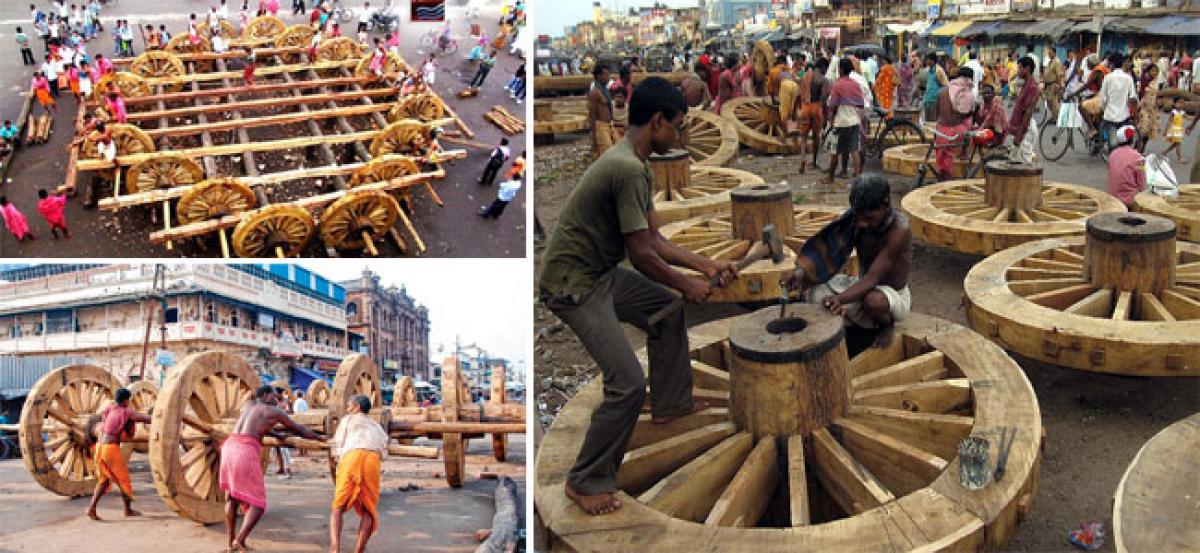Live
- Where Drops Define Destiny: The Elite Chronicles of IPC's 30th Revolution
- Aahwahan Foundation Launches “Sapnon Ke Sawari” Initiative to Empower Differently-Abled Individuals
- Are Market-linked Plans Suitable for First-time Investors?
- Vijay to host farmers, landowners who provided venue for TVK’s first meet in TN
- Bengal bypolls: Trinamool candidates declared elected from Naihati, Sitai; leading in other four seats too
- Black Friday 2024: Amazon, Samsung, Sony Discounts Unveiled; More Brands To Join
- UP bypolls: NDA leads in early trends, SP trails behind
- MVA stunned as MahaYuti heads to landslide win in Maharashtra polls
- Trends in Maha and J'khand a reflection of 'Modi magic': BJP
- Karnataka bypolls: Cong leading, celebrations in Channapatna; BJP concedes defeat in Sandur









